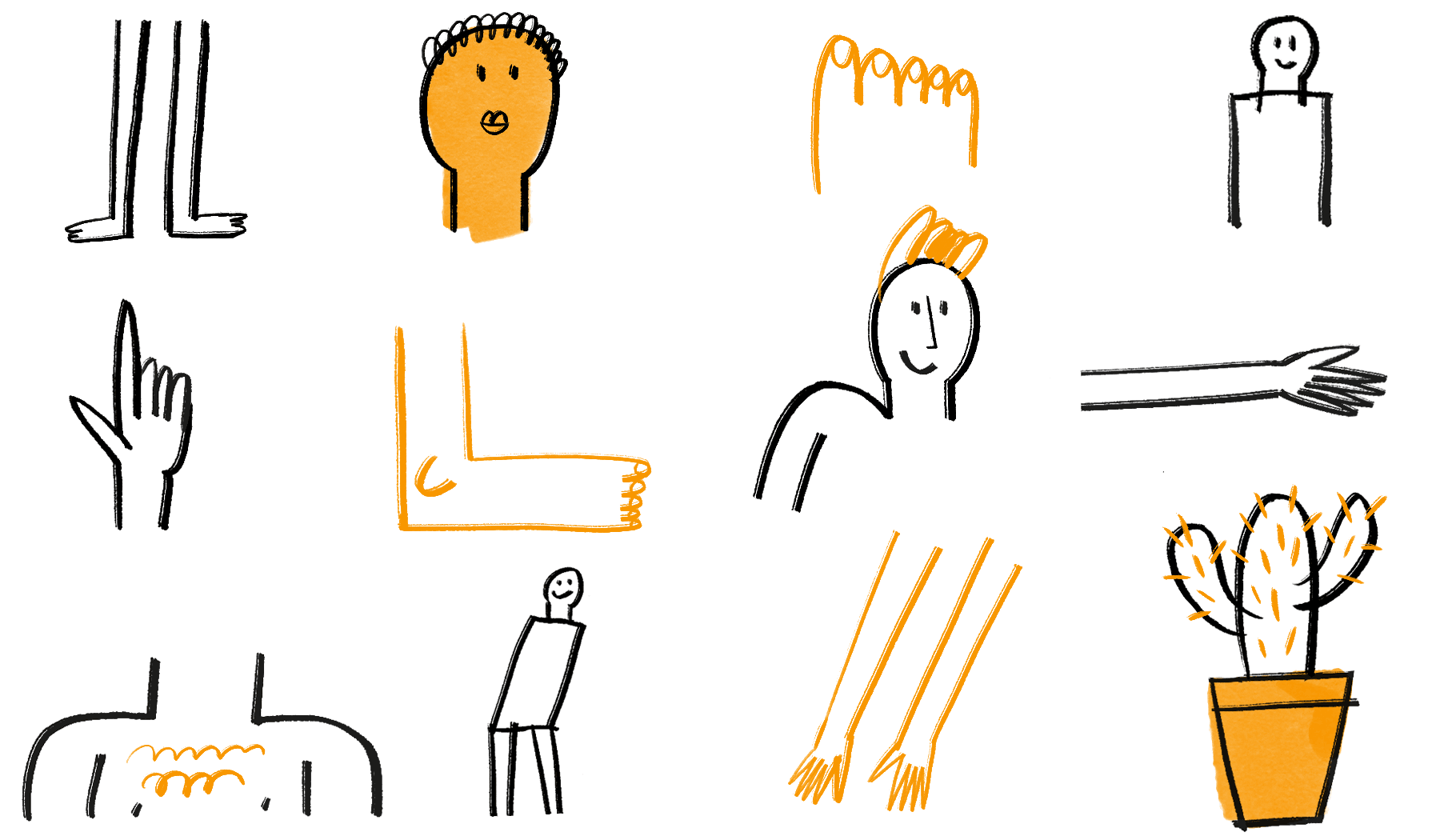Things you can do with the cards:
pass them out individually to students and give them assignments, for example:
BODY – body actions – locomotion
“Try out various kinds of locomotion!”
combine them with different categories, for example:
BODY – body actions – locomotion and PROPULSION – space
“Choose a type of locomotion and move through the room alternating between purposeful and aimless motion.”
combine them with cards from Dance and the Creative Process, for example:
BODY – body actions – locomotion and PROPULSION – space with
DANCERS – group constellations – trio und TIME – transform
“Move through the room as a trio, at times purposefully, at times aimlessly, at times as in slow or fast-motion.”
 You can find ideas for developing assignments here.
You can find ideas for developing assignments here.

